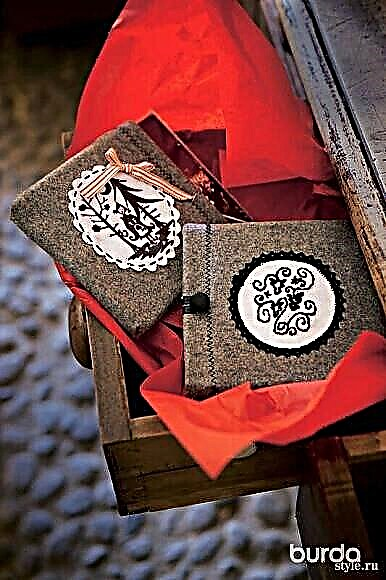Share
Pin
Tweet
Send
Share
Send
They look exceptionally beautiful and speak of high craftsmanship. Each needlewoman can learn how to make welded loops in a frame as a pro. Follow our instructions exactly and you will succeed!

Before making such loops on the product that you sew, be sure to practice on the unnecessary patch. Then, by all rules, repeat such a loop on a patch of fabric from which you sew a coat or jacket. And only after that proceed to the clean-up.
How to make loops on thin fabrics: master class
The welded loops are made in the frame along the edge of the side of the product before stitching the sideboard or unscrewing it on the wrong side.
Before making slotted loops into the frame, the cut detail should be duplicated from the wrong side by laying over the marking of the loops. For the seams of each loop, it is necessary to cut a strip of fabric (open along the oblique) by approx. 4 cm longer than the finished loop length and approx. 4-6 mm.
How to make welded loops in a frame
Mark the buttonhole with tailor's chalk or a soft pencil from the wrong side of the cut detail, then transfer the marking with straight stitches to the front side. Paste a strip of fabric over the marking of the loop with the front side to the front side (Fig. 1).From the wrong side around the marking of the loop, lay a line with small stitches around the perimeter of the rectangle (6-8 mm wide) (Fig. 2).
Important: the distance between the marked line of the loop and the stitch determines the width of the hem.
Cut the detail of the cut between the lines, to the corners - obliquely to make small triangles (Fig. 3). Unscrew the strip of fabric through the slot on the wrong side (Fig. 4). On thick fabrics, iron the seam allowances, on thin fabrics - iron to the middle of the loop.

Life hack: how not to ruin welt loops
At the ends of the loop, straighten and sweep the fabric strip, while the basting stitches should not protrude beyond the loop cutout (Fig. 5). Unscrew both longitudinal cuts of the strip onto the cut and fold them as stitches so that the folds of the stitches fit exactly in the middle of the loop. Sweep stitches with oblique stitches (Fig. 6). Iron. From the front side, lay the manual stitches of the seam “back needle” or machine stitches exactly in the seam of the loop (Fig. 7). Remove basting. Stitch small triangles at the ends of the loops to the edges of the loops (Fig. 8).

Unbolt the hinge. Stitch a pin at the ends of each loop. On the cut, cut through the loop, to the ends of the loop, slant the notches up and down to the width of the loop of the loop. Turn the slices and sew them by hand with small stitches (Fig. 9).
Source and illustrations: Burda 2/2018
Material prepared by Julia Dekanova
Share
Pin
Tweet
Send
Share
Send



